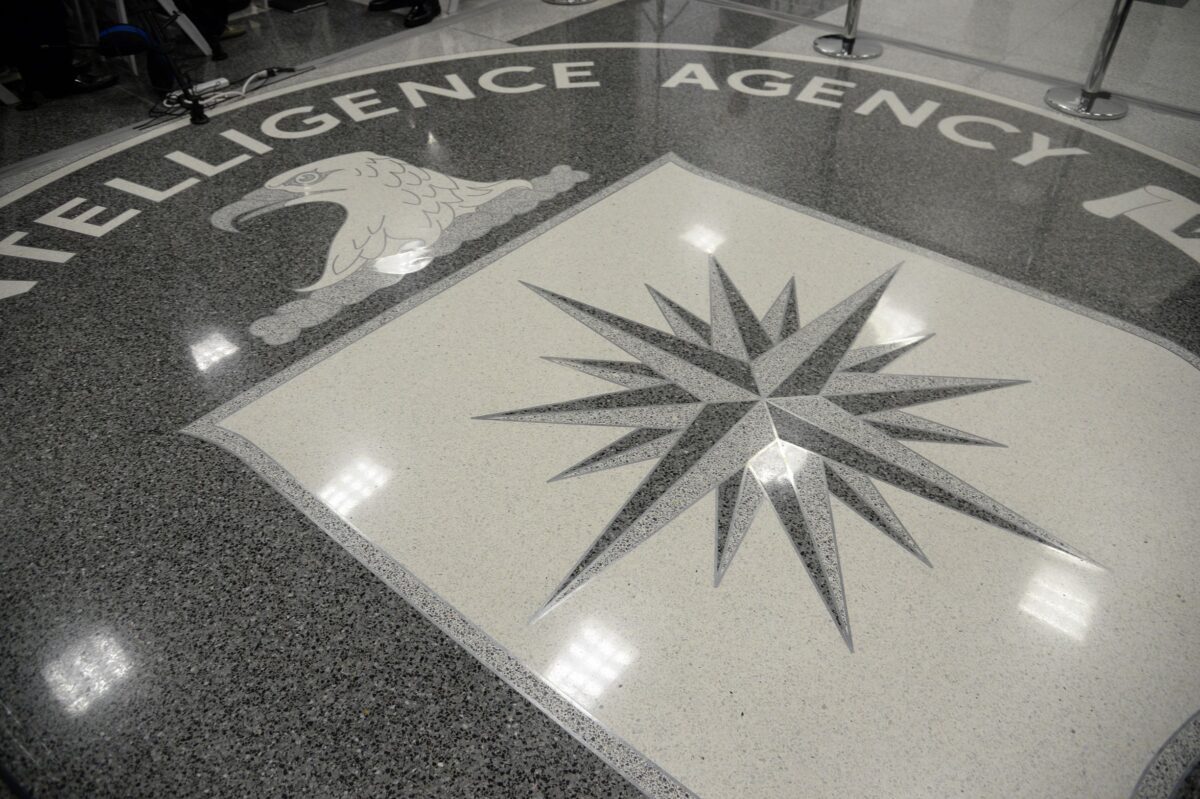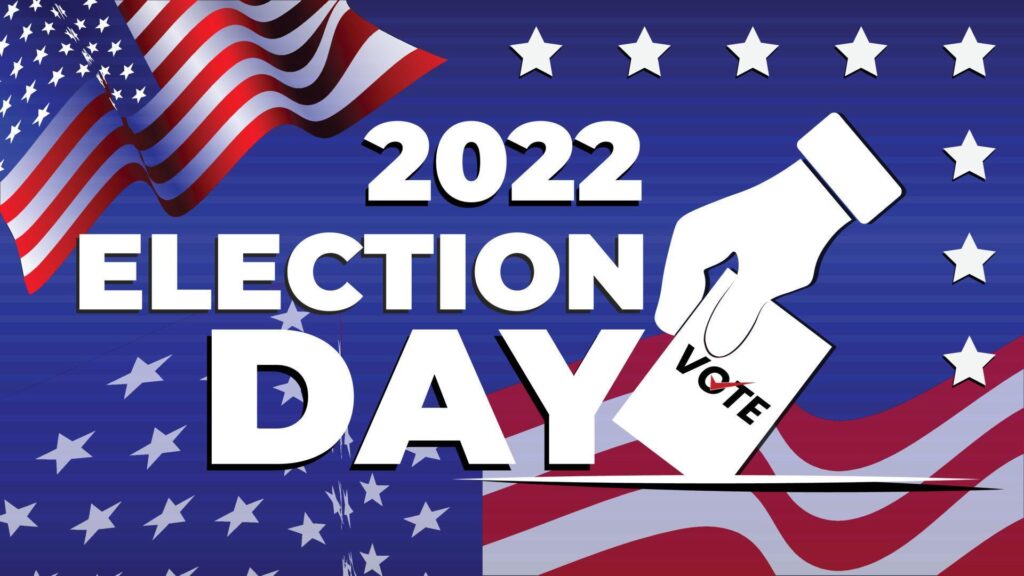There will be NO “TNN Live!” shows for the balance of this week. Due to surgery for Dan, stories will be published daily (Monday, 2/19/2024, through Saturday, 2/24/2024), but our streaming show, “TNN Live!” will NOT air any of these days.
Jan. 12, 2017, has proven to be an incredibly important date in American politics.
It was on this date that Igor Dancehnko’s soon-to-be FBI handler, Kevin Helson, sent an email regarding Danchenko with the heading: “Plan to convert into [confidential human source].” Danchenko, of course, was the primary source for former British spy Christopher Steele’s fictitious dossier on the 2016 Trump presidential campaign.
It was also on this same day that Department of Justice (DOJ) Inspector General Michael Horowitz announced the initiation of a sweeping review into actions taken by the DOJ and FBI in advance of the 2016 election. This probe by Horowitz—either by design or by accident—effectively tied up any outside probes into the FBI’s actions for two years.
Also, on the same date, the Foreign Intelligence Surveillance Act (FISA) warrant on former Trump campaign adviser Carter Page was renewed for the first time.
Of particular note is the role of late Sen. John McCain (R-AZ) in the events leading up to that day. Without McCain’s silent endorsement and the efforts by Kramer, it’s unlikely the dossier could have been published as a prelude to the events of Jan. 12. Notably, the dossier’s publication coincided with a CNN article declaring that “Intel chiefs presented [candidate Donald] Trump with claims of Russian efforts to compromise him.”
Just seven days earlier, on Jan. 5, 2017, top intelligence officials, including then-FBI Director James Comey, then-CIA Director John Brennan, then-Director of National Intelligence James Clapper, and then-Director of the National Security Agency (NSA) Michael Rogers had briefed outgoing President Barack Obama on the ICA report. Following the official meeting, Comey stayed behind to brief Obama on the dossier. It was at this meeting that Obama stated that he wanted his team to be “mindful to ascertain if there is any reason that we cannot share information fully as it relates to Russia” with the incoming Trump administration.

The next day, Comey and other officials including Clapper briefed President-elect Trump and his national security team on the Intelligence Community Assessment. During this portion of the meeting, the Steele dossier was mentioned in passing.
It was here that retired Lt. Gen. Michael Flynn, the incoming national security adviser in the Trump administration, asked whether the FBI had dug into Steele’s sub-sources. Flynn’s probing questions may have precipitated his subsequent political demise at the hands of Comey.
Comey would stay behind after the initial meeting to brief Trump more fully on the dossier. Comey would later tell CNN’s Jake Tapper that he only briefed Trump on the “salacious” parts of the dossier because “that was the part that the leaders of the intelligence community agreed he needed to be told about.” News of the intelligence briefing to Trump was leaked hours later to the media.
Then on Jan. 12, The New York Times reported on then-Attorney General Loretta Lynch’s signing of new NSA Rules and the increased latitude of the NSA to share intercepted communications with the Intelligence Community.
This unprecedented new order significantly relaxed longstanding limits on the dissemination of information gathered by the NSA’s powerful surveillance operations, granting broad latitude to the Intelligence Community with regard to interagency sharing of information. The order had been officially signed into effect on Jan. 3, 2017, by Lynch. As we know with hindsight, leaks from the Intelligence Community would begin in earnest. And those leaks would plague the Trump administration for the next four years.
It was on the same day of Lynch’s signing of the new Executive Order that Schumer made his now infamous statement on NBC’s “Rachel Maddow Show,” where he said that if “you take on the Intelligence Community they have six ways from Sunday at getting back at you.” Without any trace of irony, Schumer then stated that without the Intelligence Community, the alleged Russian hacking of the 2016 presidential election would never have been discovered. In effect, Schumer was publicly warning the incoming Trump administration to stand down or the Intelligence Community would declare war on it.
Also on Jan. 12, Flynn’s Dec. 29, 2016, call with Russian Ambassador Sergey Kislyak was the subject of an article published by The Washington Post. The article portrayed Flynn as undermining Obama’s Russian sanctions and raised the possibility that Flynn had violated the Logan Act, an obscure, 200-year-old law. Interestingly, it was then-Vice President Joe Biden who first suggested using the Logan Act against Flynn at the Jan. 5 White House meeting with Comey. In 2020, declassified transcripts of Flynn’s call with Kislyak revealed that Flynn never once talked about sanctions.
It was also on Jan. 12 that James H. Baker, the director of the Defense Department’s Office of Net Assessment (ONA), suddenly issued a series of charges against Adam Lovinger, a strategic affairs analyst. The timing of these charges is of great importance, as it was on this same day that Flynn, now heading the National Security Council for the Trump administration, officially invited Lovinger to leave the ONA and join the National Security Council as a senior director. Baker filed four separate charges against Lovinger.
The reason for the targeting of Lovinger appears evident. Lovinger had grown increasingly concerned over the ONA’s use of outside contractors—in particular, those of a prominent FBI source, Stefan Halper. In 2016, Lovinger wrote a series of emails to Baker, who had recently been appointed by Obama’s defense secretary. In October 2016, Lovinger wrote to Baker, identifying Halper as a particular source of contractual concern, writing of “the moral hazard associated with the contracting of Stefan Halper.” Lovinger’s lawyer, Sean Bigley, would later state that Halper was being used “to go out essentially and engage with foreign government officials. As a contractor, that’s totally illegal.”
Lovinger would continue to criticize the use of outside contractors. In a March 3, 2017, memo, Lovinger noted, “There has never been an external review of these contractors’ research products. … It is now clear that over several decades, the office transferred millions of dollars to inexperienced and unqualified contractors.” On May 1, 2017, Lovinger was notified that his top-secret clearance had been suspended. He was the second Trump official to lose his security clearance. The loss of a security clearance is a significant matter, as it’s a requirement for many senior positions. Lovinger was then directed to leave the National Security Council and return to the Pentagon immediately.
The target of Lovinger’s complaints, Halper, met with the FBI on Aug. 11 and 12, 2016, shortly after the FBI had formally opened their July 31, 2016, Crossfire Hurricane investigation into the Trump campaign. As it turns out, Halper just so happened to have direct knowledge of two of the three men considered subjects of Crossfire Hurricane—including Page, whom Halper had met with twice during the month of July. Halper would later fashion a meeting in London with Trump campaign advisor George Papadopoulos, the one person of the three that he didn’t already know. But Halper also fabricated information on another man who was not yet being looked at by the FBI—Flynn.
The timing of Halper’s pushing Flynn onto the FBI’s radar was made all the more strange as it was only the day before, on Aug. 10, 2016, that Steele wrote a memo claiming that Russian President Vladimir Putin was generally satisfied with anti-Clinton efforts to date. Importantly, in this same memo, Steele also claimed that the Kremlin was supporting Flynn and Green Party 2016 presidential candidate Jill Stein. This was the first time Steele had ever mentioned Flynn.
Even more interesting is an account by Stephen Schrage, a Ph.D. who was supervised by Halper, detailing on Substack a strange conversation he had with Halper on Jan. 10, 2017, two days before the series of events on Jan. 12:
“In the recording Halper laid out what was about to happen to Flynn, something he had no independent reason to know. ‘I don’t think Flynn’s going to be around long,’ he said, adding, ‘the way these things work’ was that ‘opponents… so-called enemies’ of Flynn would be ‘looking for ways of exerting pressure…that’s how it builds.’” Halper allegedly noted in his comments that “Flynn would be ‘squeezed pretty hard.’ Flynn would find himself the subject of a surprise interview from the FBI less than two weeks later and would resign from his position as Trump’s national security adviser on Feb. 13, 2017.
As we now know, CIA Director Brennan was responsible for pushing information regarding the Trump campaign into the FBI. In turn, the FBI, under Comey and Deputy Director Andrew McCabe, was responsible for using that same information in what would become a virtual insurrection by the Intelligence Community against the new Trump administration.

Those efforts would coalesce around the publication of the Steele dossier on Jan. 10, 2017. But it wasn’t just the FBI and CIA that were weaponizing the dossier to be used against Trump. A number of private and congressional actors also played key roles in pushing the dossier allegations to the public. Foremost among them was Sen. McCain.
On Nov. 19, 2016, McCain, along with associate David Kramer met with Sir Andrew Wood, the former British ambassador to Russia. Wood told both Kramer and McCain that he was aware of “information that had been gathered that raised the possibility of collusion and compromising material on the president-elect.” And he explained that he knew the person who gathered the information and felt that the “person was of the utmost credibility.” This person was Steele. Following this meeting, McCain instructed Kramer to fly to London to meet with Steele.
Kramer traveled to London to meet with Steele on Nov. 28, 2016, and was briefed on the dossier. McCain, Kramer, and McCain’s chief of staff, Christopher Brose, met to review the dossier on Nov. 30, 2016. Kramer suggested that McCain “provide a copy of [the dossier] to the director of the FBI and the director of the CIA.” McCain personally provided a copy of the dossier to Comey on Dec. 9, 2016. McCain was apparently unaware that the FBI had been regularly receiving dossier reports from Steele starting on July 5.
Kramer continued to provide updates to both Steele and Fusion GPS, the firm hired by the Clinton 2016 presidential campaign to produce the dossier, regarding the status of McCain’s meeting with Comey. The implications of this are significant. Kramer, a private citizen, was providing updates to a former British spy and political operatives working for the Clinton campaign as to when and about what a sitting U.S. senator was talking to the director of the FBI. Kramer also testified that he showed the dossier to a number of journalists and had discussions with at least 14 members of the media, along with some individuals in the U.S. government.
Kramer showed a copy of the dossier to BuzzFeed’s Ken Bensinger on Dec. 29, 2016. On this same day, the Intelligence Community’s preliminary report, GRIZZLY STEPPE, was released. Kramer also gave a copy of the dossier to Rep. Adam Kinzinger (R-IL) and then-House Speaker Paul Ryan’s chief of staff, Jonathan Burks, in early 2017. By late December 2016, additional members of the media had obtained copies of the dossier. The dossier was published by BuzzFeed on Jan. 10, 2017, and the attack on the incoming Trump administration began. The publication of the dossier directly preceded the sequence of events on Jan. 12, 2017, and it’s highly unlikely the dossier would have been published at this early date without McCain’s efforts.

